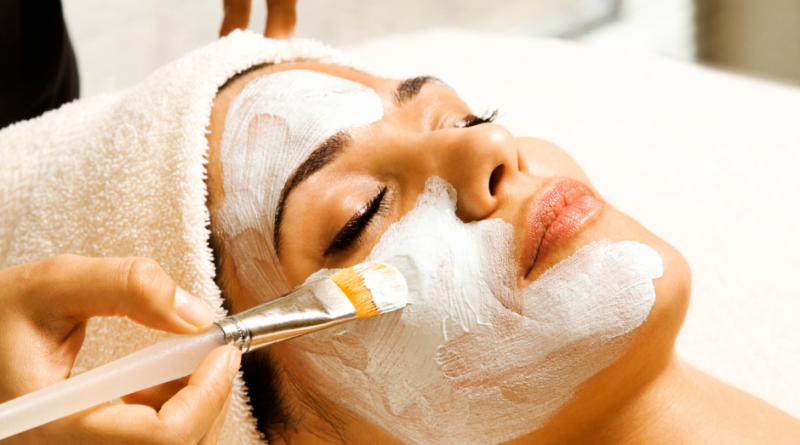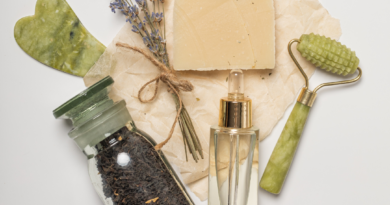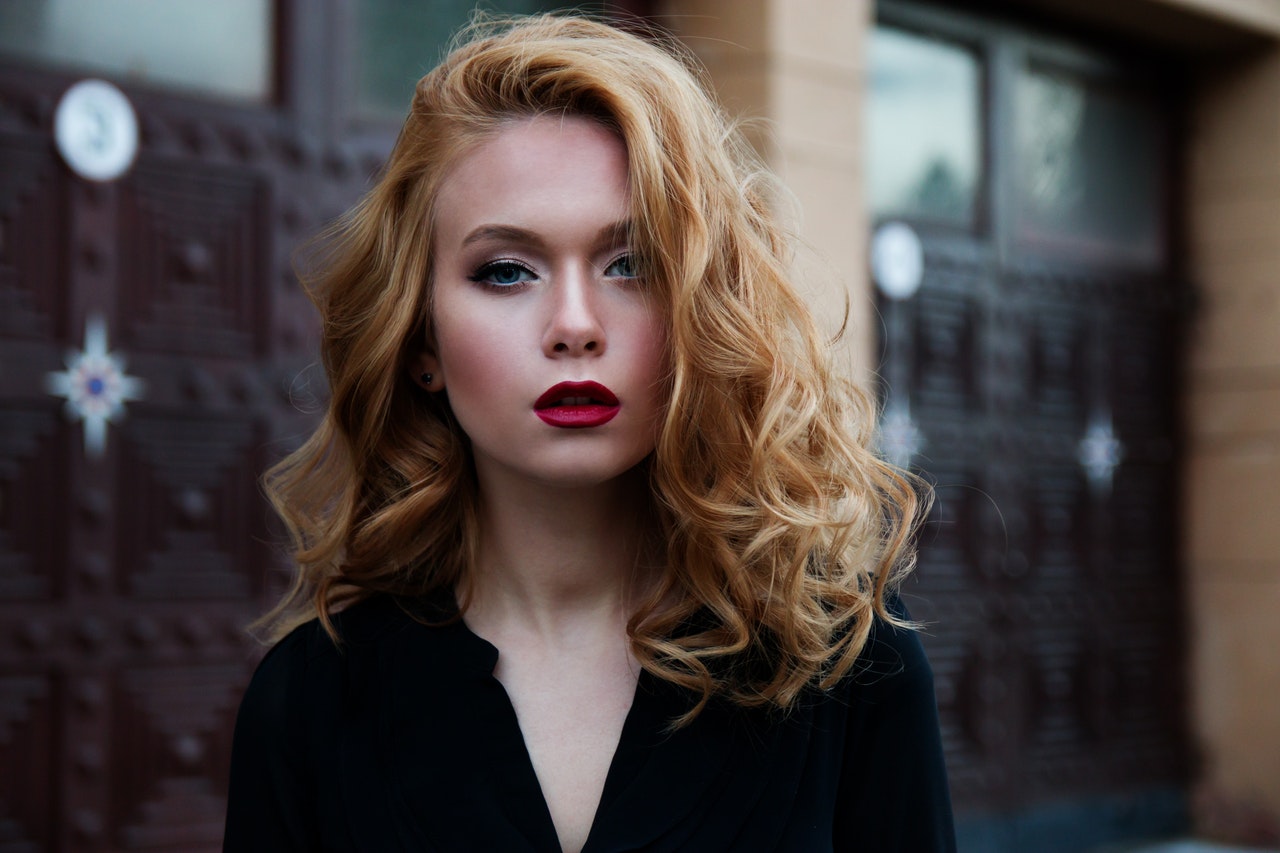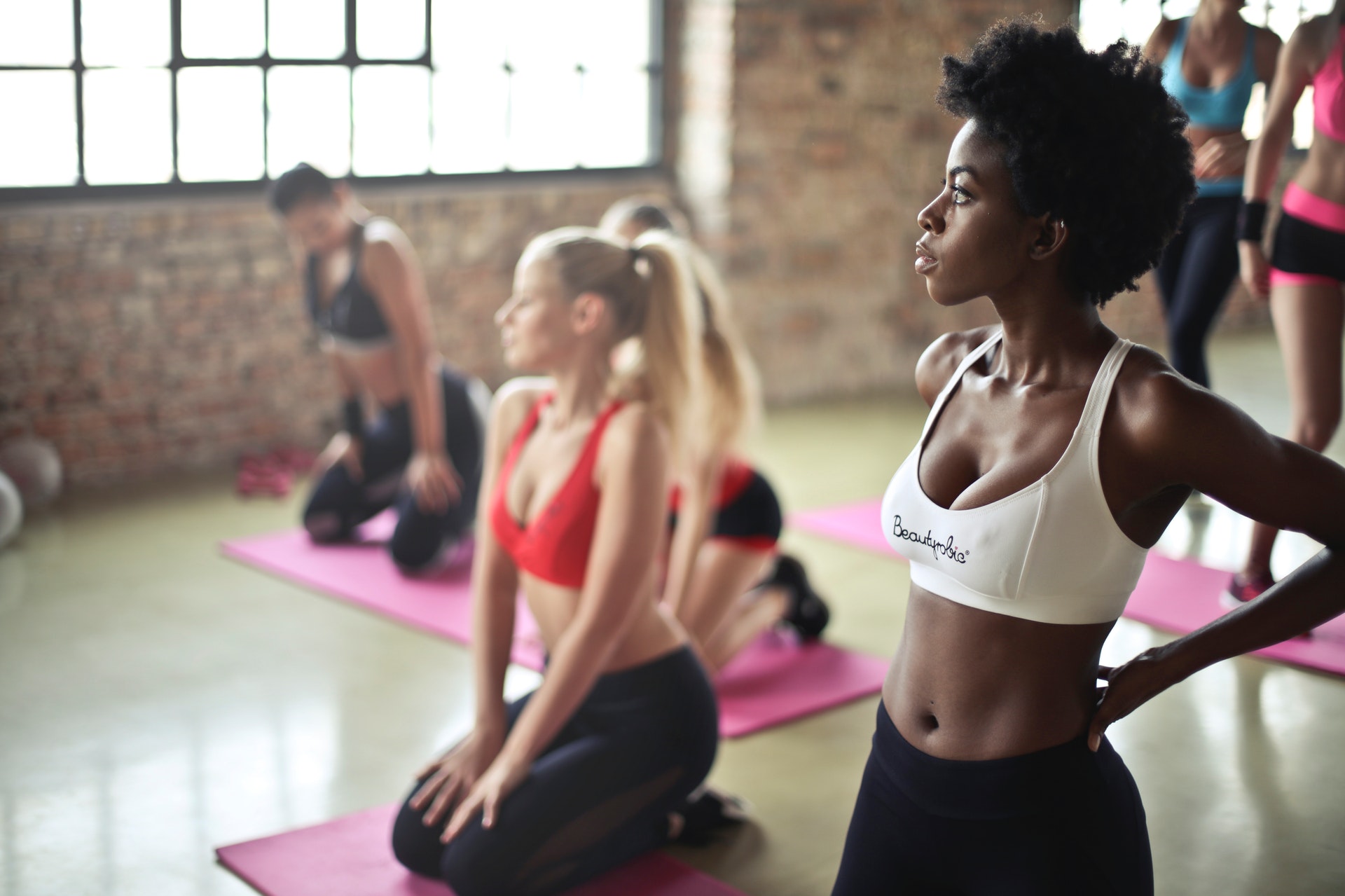What Is A Facial? Types of Facials
Women now go from all over the nation to their neighborhood skin care clinic for a monthly or biweekly facial. The well-known facial can do everything, from getting rid of those annoying blackheads to assisting with an anti-aging regimen and even giving you some much-needed downtime to unwind!
What is a facial?
To achieve a cleaner, more moisturized look that gives you a more youthful and beautiful complexion, facials contain several phases. Even better, when you visit an expert on facial services in Fort Worth, TX (or elsewhere more relevant) to take care of your skin, they’ll be able to advise you on products and techniques to use in between sessions to keep you looking your best. Beyond this, you know when you visit a highly reviewed company for your facial treatment that you’re going to be pampered, with your skin left glowing for days afterward!
What does a facial do?
A professional facial is intended to do more than simply make you feel better. The attraction of having a flawless, radiant complexion is not limited to that; facials may also:
- Increase collagen production.
- Take off the skin’s dead cells.
- enhance the appearance of imperfections and fine wrinkles.
- Cleanse your pores.
- Nourish and moisten.
What’s included in a facial?
Every facial begins with a consultation with an esthetician. They will inspect your dermis during this consultation. Additionally, this is your time to discuss any underlying skin issues you may be having with them. The appropriate products will then be selected by your esthetician for your skin type and condition.
Cleansing
Your dermis will be cleansed first by your esthetician. To get rid of any debris, makeup, or other items that are on your face, neck, and decolletage, they will use a cleanser. They will next dry your face and thoroughly examine your skin after removing the cleanser with a facial sponge, cotton pad, or towel.
Steaming
Your esthetician will use a machine to apply steam to your face in order to open up your pores. They will be able to more easily remove any hard-to-remove debris lodged in your pores thanks to the steam.
Exfoliating
Your esthetician will use a scrub or exfoliating lotion containing chemicals like glycolic acid during the exfoliation procedure to remove the dead skin cells. In order to remove dead skin cells, some skin care experts use chemical exfoliants that include acids and enzymes. Some people use gritty-textured mechanical exfoliants to scrub away their dead skin cells.
Extractions
The most unpleasant component of any face procedure is definitely the extraction. The phases of these therapies may, in fact, vary in how soothing they are.
The elimination of white and blackheads is done in this stage. You might choose to skip this part of the skin-care procedure if your dermis is thin and free of blemishes. Before you begin, make sure to discuss with your esthetician any worries you may have about the procedure.
Facial massage
One of the most soothing parts of your facial treatment will be the facial massage. During your facial, this kind of massage will aid in your relaxation. Your esthetician may also employ innovative massage equipment and methods, depending on their expertise and training, adding an extra unique touch to your encounter.
However, its benefits go well beyond serenity and relaxation. In fact, a face massage may energize your muscles and dermis, correcting drooping, lifeless skin and giving you a radiant, young appearance.
Final thoughts
Treating your face with care is important since it is one of the regions of your body that is exposed the most and one of the first to begin displaying symptoms of age or environmental stress (and a little pampering, if you so choose). Not quite ready to seek out a professional? You may do a light facial on yourself at home.



